If you own a fireplace or a wood burning appliance, you‘ve most likely been strongly advised to have your chimney cleaned annually by a certified chimney sweep in order to remove creosote buildup. But do you actually know what it is and why it is crucial to get rid of it? If not, the answers below will convince you to pay special attention to this essential task.
What is creosote?
Creosote is a smelly, corrosive and highly flammable material that is produced by combustion gases emanating from burning wood. When the temperature inside the chimney flue decreases below 250 degrees Fahrenheit, the gases condense in your chimney, creating buildup along the lining of the pipe. Since flue temperature often drops below this threshold, creosote regularly builds up.
Creosote is the leading cause of chimney fires. Extreme heat and burning embers drifting up the chimney can ignite creosote buildup. If there is an extensive amount of creosote, the fire could spread to your home. This is why annual chimney cleaning is so essential.
Stages of creosote buildup
Creosote gets created in stages. Each stage makes it more dangerous, as it becomes thicker and harder to remove.
Stage 1: Creosote is soft and flaky like soot. It can easily be removed with a simple chimney brush.
Stage 2: Creosote condenses into a hard, shiny and scaly substance that clings to the flue lining like tar. Though it may look flaky, it cannot be brushed away easily. The most effective way to remove stage 2 creosote is by using a rotary loop; a stainless-steel cable fixed to a hub that is attached to special metal rods and turned by a power drill.
Stage 3: The chimney sweep’s main goal is to prevent creosote buildup from reaching this stage, where it has become a sticky and highly concentrated fuel. This tar-like substance hardens along the chimney lining and thickens as the creosote condenses. The coarser and harder the creosote becomes, the more challenging it is to remove. At this stage, chemical removers can sometimes be used. A rotary head, mounted with chains, could also be effective when it has hardened but is not sticky. However, that particular solution is not recommended for clay or ceramic chimney linings since the process can also dislodge broken pieces. In most cases, the best option is to remove the flue lining and replace it completely.
Without the proper equipment and training, it is highly recommended to hire a professional to remove creosote.
How to minimize creosote buildup
With a wood burning fireplace or a stove, it is impossible to completely eliminate creosote buildup. But there are ways to minimize it and prevent it from reaching stage 2 or 3 between visits from the chimney sweep.
Only burn dry, seasoned firewood
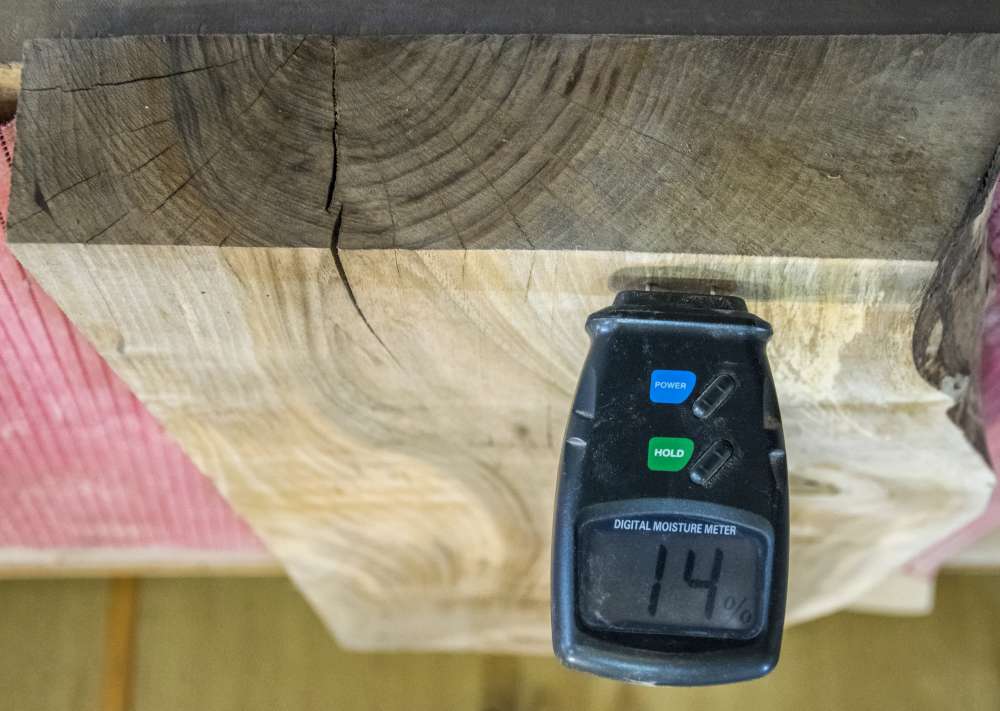
The best way to determine the moisture content of your wood is to use a wood moisture meter. This tool can be purchased at your local hearth retail store.
Your wood must have dried for at least 6 to 12 months and must have reached a humidity level of less than 20%. Newer wood contains too much moisture and produces more smoke while burning, and this smoke turns to creosote. Dry wood produces less smoke, thus producing less creosote!
Before testing your wood, split your log in half. The outside might seem perfectly dry, but the inside can still hold too much moisture.
Another advantage to this procedure is the fact that moist wood also decreases total heat output, since a significant amount of energy is wasted in your fireplace on boiling and evaporating the water inside each log.
Ensure your fire has sufficient airflow
Air is essential for efficient fire. If your fireplace is equipped with glass doors, it is wise to keep them open so your fire can breathe. This will ensure that your fire burns at higher temperatures and eliminates a large quantity of combustion gases.
Properly lay out your logs for more efficiency
The way the logs are arranged in your fireplace affects the overall fire efficiency. Pack the logs tightly but leave small gaps to allow airflow. Make sure not to close the fireplace doors (ceramic glass) or to restrict airflow adjustments too soon to allow your fire to get hot. If your fire doesn’t have enough air, it may start to smolder or die out completely.
As you have learned, it’s wise to have your chimney inspected and cleaned annually by a professional chimney sweep. Between those visits, it is possible to minimize creosote buildup and keep your fire burning safely and efficiently.
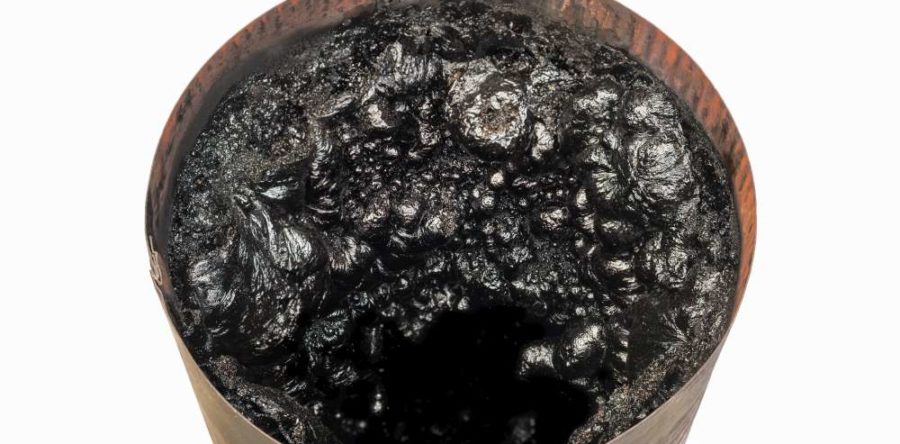


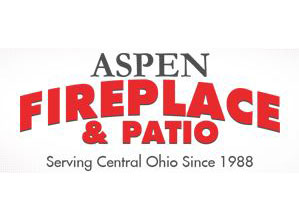
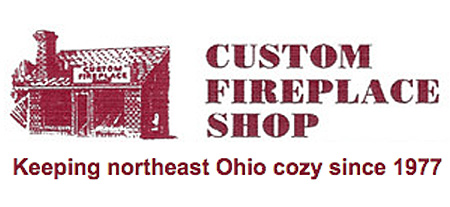


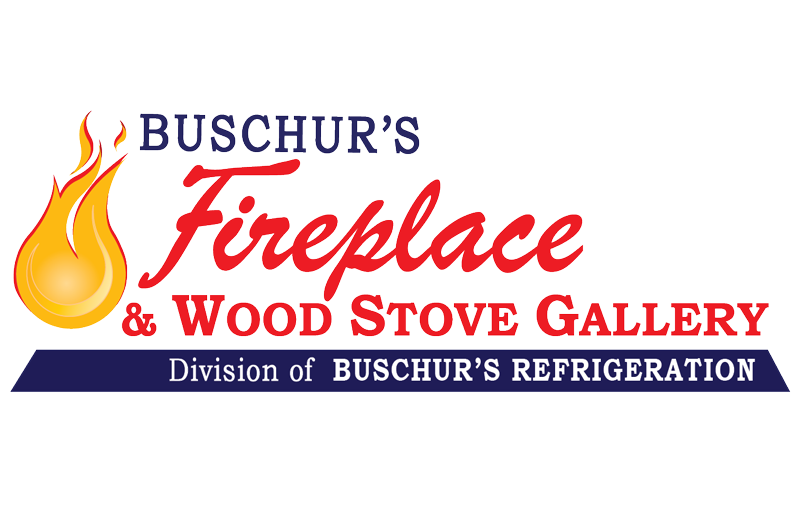


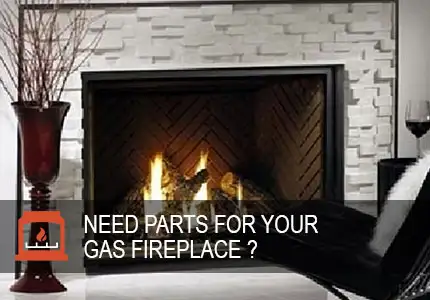
2 Responses